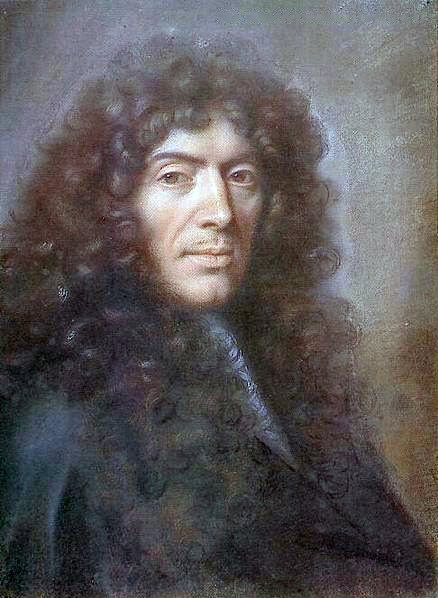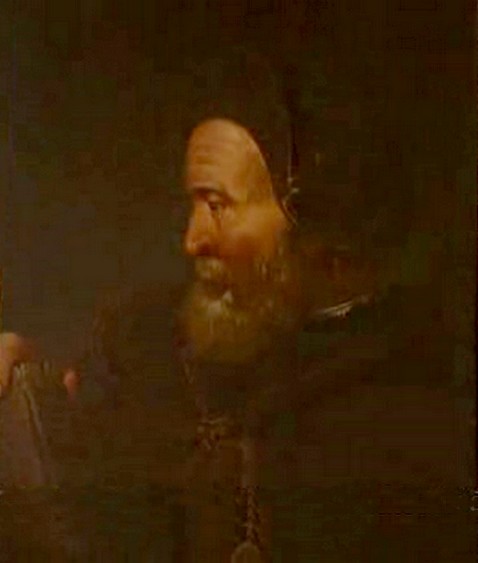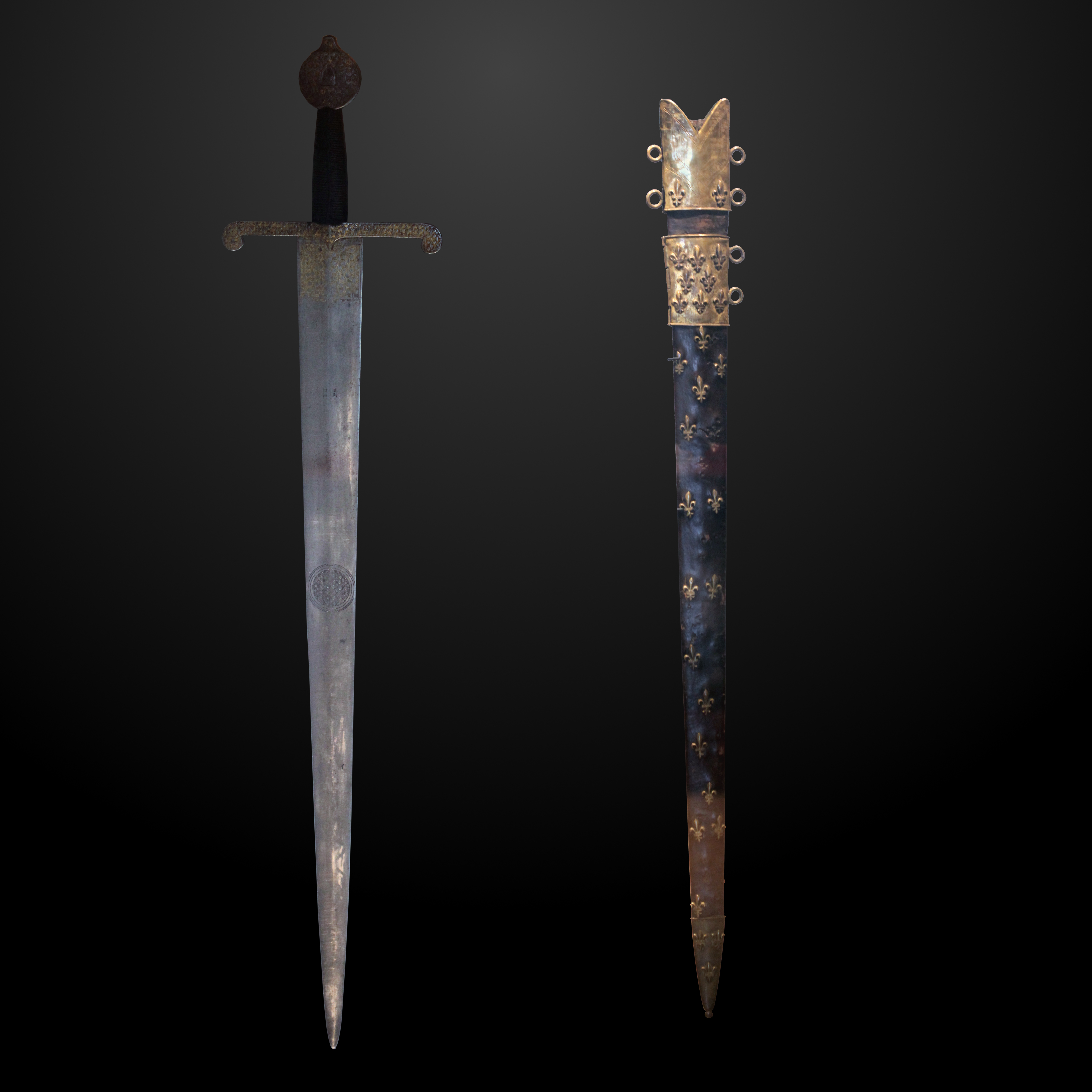|
Hôtel De Soissons
The Hôtel de Soissons was a '' hôtel particulier'' (grand house) built in Paris, France, between 1574 and 1584 for Catherine de' Medici (1519–89) by the architect Jean Bullant (1515–78). It replaced a series of earlier buildings on the same site. After Catherine's death the hotel was enlarged and embellished. The last owner, Victor Amadeus I, Prince of Carignano, installed the Paris Bourse in the gardens, He was forced to sell it in 1740 to pay his debts. It was demolished in 1748 and the materials sold. A corn exchange was built on the site, later replaced by the present '' Bourse de commerce''. A column, thought to have been used for astrological observations, is all that remains. Earlier buildings There was a ''hôtel'' on the site owned by Jean II de Nesle at the start of the 13th century. He had no heirs, and in 1232 ceded the property to king Louis IX of France (1214–70), who gave it to his mother Blanche of Castile (1188–1252) for use as her residence. King Ph ... [...More Info...] [...Related Items...] OR: [Wikipedia] [Google] [Baidu] |
Israel Silvestre
Israel Silvestre (13 August 1621 in Nancy – 11 October 1691 in Paris), called the Younger to distinguish him from his father, was a prolific French draftsman, etcher and print dealer who specialized in topographical views and perspectives of famous buildings. Orphaned at an early age, he was taken in by his uncle in Paris, Israel Henriet, an etcher and print-seller, and friend of Jacques Callot. Between 1630 and 1650 Silvestre travelled widely in France, Spain and Italy, which he visited three times, and later worked up his sketches as etchings, which were sold singly and in series. His work, especially of Venetian subjects published in the 1660s, influenced eighteenth-century painters of ''vedute'' such as Luca Carlevaris and Canaletto, who adapted his compositions. In 1661 he inherited the stock of plates of his uncle, the printseller Israel Henriet, among which was a large part of the works of Callot, and many of those of Stefano della Bella. In 1662 he was appointed ... [...More Info...] [...Related Items...] OR: [Wikipedia] [Google] [Baidu] |
Amadeus VI, Count Of Savoy
Amadeus VI (4 January 1334 – 1 March 1383), nicknamed the Green Count ( it, Il Conte Verde) was Count of Savoy from 1343 to 1383. He was the eldest son of Aymon, Count of Savoy, and Yolande Palaeologina of Montferrat. Though he started under a regency, he showed himself to be a forceful leader, continuing Savoy's emergence as a power in Europe politically and militarily. He participated in a crusade against the Turks who were moving into Europe. Early years When his father died in 1343, Amadeus inherited the County of Savoy. Since he was only nine years old, his father's will left two cousins as co-regents: Amadeus III of Geneva and Louis II of Vaud. The two agreed to a document limiting their power as regents. Neither could make any significant decision without the other, and the decisions of both were subject to review by the resident council of nobles representing all bailis in the county. Shortly after Amadeus took the county, his cousin Joan of Savoy renewed h ... [...More Info...] [...Related Items...] OR: [Wikipedia] [Google] [Baidu] |
Saint-Eustache, Paris
The Church of St. Eustache, Paris (french: église Saint-Eustache) is a church in the 1st arrondissement of Paris. The present building was built between 1532 and 1632. Situated near the site of Paris' medieval marketplace (Les Halles) and rue Montorgueil, Saint-Eustache exemplifies a mixture of multiple architectural styles: its structure is Flamboyant Gothic while its interior decoration and other details are Renaissance and classical. The 2019 Easter Mass at Notre-Dame cathedral in Paris was relocated to Saint-Eustache after the Notre-Dame de Paris fire. History Situated in Les Halles, an area of Paris once home to the country's largest food market, the origins of Saint Eustache date back to the 13th century. A modest chapel was built in 1213, dedicated to Saint Agnes, a Roman martyr. The small chapel was funded by Jean Alais, a merchant at Les Halles who was granted the rights to collect a tax on the sale of fish baskets as repayment of a loan he gave to King Philippe-A ... [...More Info...] [...Related Items...] OR: [Wikipedia] [Google] [Baidu] |
Château De Blois
A château (; plural: châteaux) is a manor house or residence of the lord of the manor, or a fine country house of nobility or gentry, with or without fortifications, originally, and still most frequently, in French-speaking regions. Nowadays a ''château'' may be any stately residence built in a French style; the term is additionally often used for a winegrower's estate, especially in the Bordeaux region of France. Definition The word château is a French word that has entered the English language, where its meaning is more specific than it is in French. The French word ''château'' denotes buildings as diverse as a medieval fortress, a Renaissance palace and a fine 19th-century country house. Care should therefore be taken when translating the French word ''château'' into English, noting the nature of the building in question. Most French châteaux are " palaces" or fine "country houses" rather than "castles", and for these, the word "château" is appropriate in English ... [...More Info...] [...Related Items...] OR: [Wikipedia] [Google] [Baidu] |
Saint-Germain L'Auxerrois
The Church of Saint-Germain-l'Auxerrois is a Roman Catholic church in the First Arrondissement of Paris, situated at 2 Place du Louvre, directly across from the Louvre Palace. It was named for Germanus of Auxerre, the Bishop of Auxerre (378-448), who became a papal envoy and who met Saint Genevieve, the patron Saint of Paris, on his journeys. Genevieve is reputed to have converted the queen Clotilde and her husband, French King Clovis I to Christianity at the tomb of Saint Germain in Auxerre. The current church was built in the 13th century, with major modifications in the 15th and 16th centuries. From 1608 until 1806, it was the parish church for inhabitants of the Palace, and many notable artists and architects, who worked on the Palace, have their tombs in the church. Since the 2019 fire which badly damaged Notre Dame de Paris Cathedral, the cathedral regular services have been held at Saint-Germain-l'Auxerrois. History The first place of worship on the site was a small orat ... [...More Info...] [...Related Items...] OR: [Wikipedia] [Google] [Baidu] |
Cosimo Ruggeri
Cosimo Ruggeri, in France called Côme Ruggieri (died 28 March 1615), was an Italian astrologer, favorite, and influential adviser of the queen regent of France, Catherine de Medici. He was the subject of many legends in the folklore of Catherine de Medici, and reputed as a master of the occult, black magic, and witchcraft during his lifetime. Life Cosimo Ruggeri's presence at the French royal court is first attested in 1571. He was a part of the entourage of the Tuscan ambassador to France, Petrucci; known for his scholarly knowledge, he was a tutor of the Italian language to Elisabeth of Austria, Queen of France. After claims of being able to predict the future through his knowledge in astrology, he was no longer well seen by Elisabeth, but reported to have become be a favorite of the queen mother, who asked him of advice in matters of state because of his alleged ability to predict the future, and is said to have came to exert influence over her with his alleged occult know ... [...More Info...] [...Related Items...] OR: [Wikipedia] [Google] [Baidu] |
Tuileries Palace
The Tuileries Palace (french: Palais des Tuileries, ) was a royal and imperial palace in Paris which stood on the right bank of the River Seine, directly in front of the Louvre. It was the usual Parisian residence of most French monarchs, from Henry IV to Napoleon III, until it was burned by the Paris Commune in 1871. Built in 1564, it was gradually extended until it closed off the western end of the Louvre courtyard and displayed an immense façade of 266 metres. Since the destruction of the Tuileries, the Louvre courtyard has remained open and the site is now the location of the eastern end of the Tuileries Garden, forming an elevated terrace between the Place du Carrousel and the gardens proper. History Plan of Catherine de Medici (16th C.) The site of the Tuileries palace was originally just outside the walls of the city, in an area frequently flooded by the Seine as far as the present Rue Saint-Honore. The land was occupied by the workshops and kilns craftsmen who ma ... [...More Info...] [...Related Items...] OR: [Wikipedia] [Google] [Baidu] |
Henry II Of France
Henry II (french: Henri II; 31 March 1519 – 10 July 1559) was King of France from 31 March 1547 until his death in 1559. The second son of Francis I and Duchess Claude of Brittany, he became Dauphin of France upon the death of his elder brother Francis in 1536. As a child, Henry and his elder brother spent over four years in captivity in Spain as hostages in exchange for their father. Henry pursued his father's policies in matters of art, war, and religion. He persevered in the Italian Wars against the Habsburgs and tried to suppress the Reformation, even as the Huguenot numbers were increasing drastically in France during his reign. Under the April 1559 Peace of Cateau-Cambrésis which ended the Italian Wars, France renounced its claims in Italy, but gained certain other territories, including the Pale of Calais and the Three Bishoprics. These acquisitions strengthened French borders while the abdication of Charles V, Holy Roman Emperor in January 1556 and division of h ... [...More Info...] [...Related Items...] OR: [Wikipedia] [Google] [Baidu] |
Constable Of France
The Constable of France (french: Connétable de France, from Latin for 'count of the stables') was lieutenant to the King of France, the first of the original five Great Officers of the Crown (along with seneschal, chamberlain, butler, and chancellor) and the commander-in-chief of the Royal Army. He was, at least on paper, the highest-ranking member of the French nobility. The was also responsible for military justice and served to regulate the Chivalry. His jurisdiction was called the Constabulary (; or in modern French orthography which sticks closer to the correct pronunciation: ). The office was established by King Philip I in 1060 AD, with Alberic becoming the first Constable. The office was abolished in 1627, with an edict, by Cardinal Richelieu, upon the death of , in order to strengthen the immediate authority of the King over his army. The position was officially replaced by the purely ceremonial title "Dean of Marshals" (), who was in fact the most senior "Marshal ... [...More Info...] [...Related Items...] OR: [Wikipedia] [Google] [Baidu] |
Charles VIII Of France
Charles VIII, called the Affable (french: l'Affable; 30 June 1470 – 7 April 1498), was King of France from 1483 to his death in 1498. He succeeded his father Louis XI at the age of 13.Paul Murray Kendall, ''Louis XI: The Universal Spider'' (New York: W. W. Norton & Company, 1971), pp. 373–374. His elder sister Anne acted as regent jointly with her husband Peter II, Duke of BourbonStella Fletcher, ''The Longman Companion to Renaissance Europe, 1390–1530'', (Routledge, 1999), 76. until 1491 when the young king turned 21 years of age. During Anne's regency, the great lords rebelled against royal centralisation efforts in a conflict known as the Mad War (1485–1488), which resulted in a victory for the royal government. In a remarkable stroke of audacity, Charles married Anne of Brittany in 1491 after she had already been married by proxy to the Habsburg Holy Roman Emperor Maximilian I in a ceremony of questionable validity. Preoccupied by the problematic succession in the ... [...More Info...] [...Related Items...] OR: [Wikipedia] [Google] [Baidu] |
Louis XII Of France
Louis XII (27 June 14621 January 1515), was King of France from 1498 to 1515 and King of Naples from 1501 to 1504. The son of Charles, Duke of Orléans, and Maria of Cleves, he succeeded his 2nd cousin once removed and brother in law at the time, Charles VIII, who died without direct heirs in 1498. Before his accession to the throne of France, he was known as Louis of Orléans and was compelled to be married to his disabled and supposedly sterile cousin Joan by his second cousin, King Louis XI. By doing so, Louis XI hoped to extinguish the Orléans cadet branch of the House of Valois. Louis of Orléans was one of the great feudal lords who opposed the French monarchy in the conflict known as the Mad War. At the royal victory in the Battle of Saint-Aubin-du-Cormier in 1488, Louis was captured, but Charles VIII pardoned him and released him. He subsequently took part in the Italian War of 1494–1498 as one of the French commanders. When Louis XII became king in 1498, he had ... [...More Info...] [...Related Items...] OR: [Wikipedia] [Google] [Baidu] |









